
It seems to be an established fact that the first person to fly faster than the speed of
sound was the American pilot Chuck Yeager. He flew the Bell X-1 rocket plane over the
Mojave Desert in California on October 14, 1947.
However, there are repeated claims that a Luftwaffe pilot broke the sound barrier as
early as April 1945 with a Messerschmitt Me 262 jet fighter.
The author Uwe W. Jack spoke to this pilot and had him describe his flight. The
author also interviewed competent contemporary witnesses of the early jet
development and flights, such as the well-known engineer Ludwig Bölkow, who worked
on the design of the wings of the Me 262. The author also talked to former Luftwaffe
test pilots and pilots who had flown the Me 262 in combat.
In the publication the arguments for the world's first supersonic flight by a Luftwaffe
pilot and the objections against it are analyzed in detail. An important and exciting
chapter in aviation history can thus finally be brought out of the realm of speculation.

Was the Me 262 faster than Mach 1?
Did the Luftwaffe Jet break the Sound Barrier first?
A short Summary
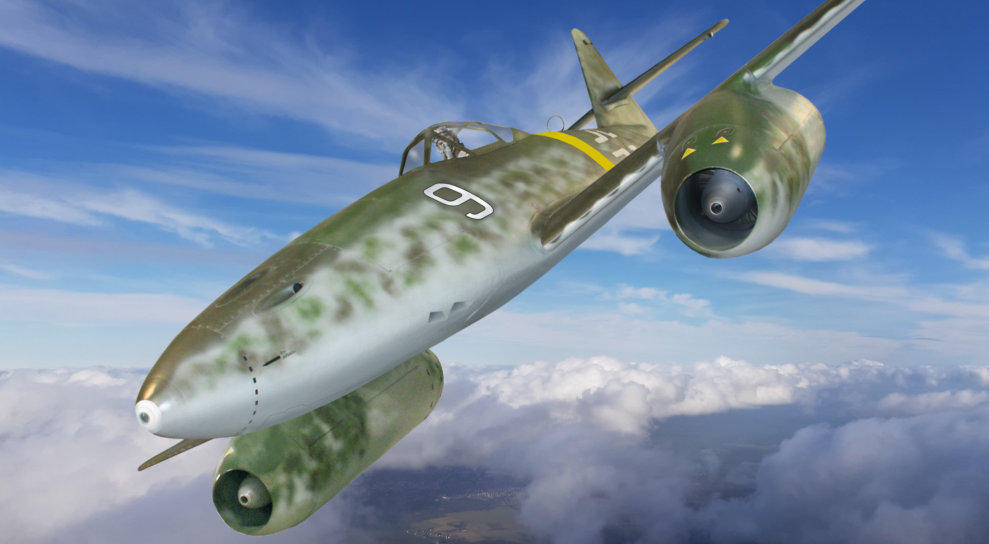
Top: The young Luftwaffe pilot
Guido Mutke claimed to have flown
faster than Mach 1 with his Me 262
during a training flight.
Right: He was for a re-training from
propeller fighters to jet aircraft at
Lechfeld in Bavaria. There he had
flown with the “white 10”, an aircraft
that can be found in most
publications on the Me 262.
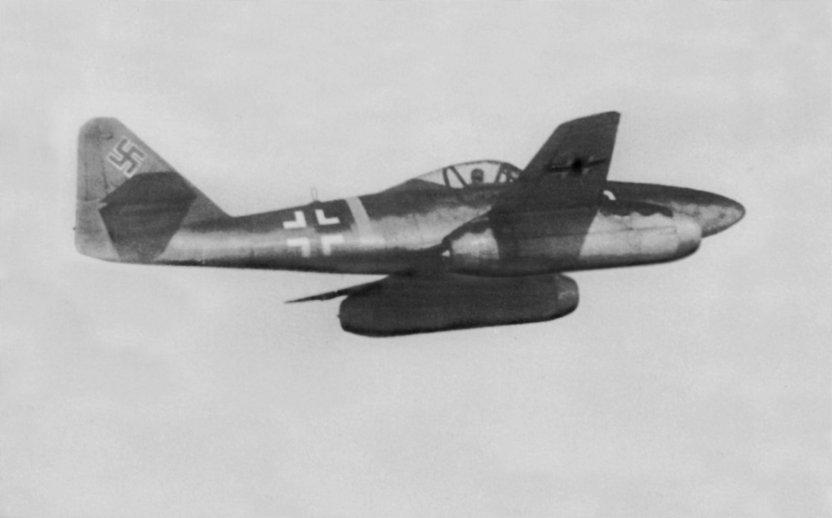

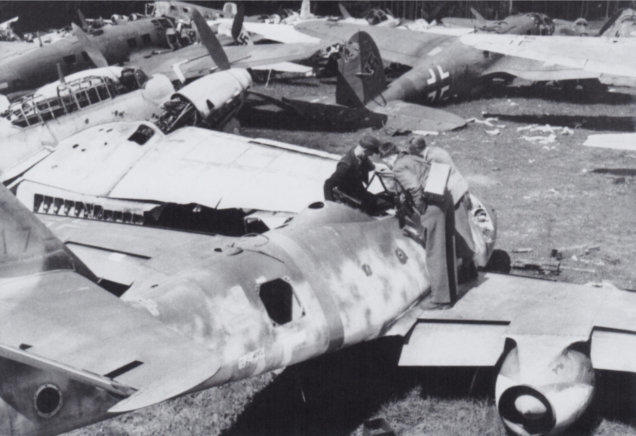
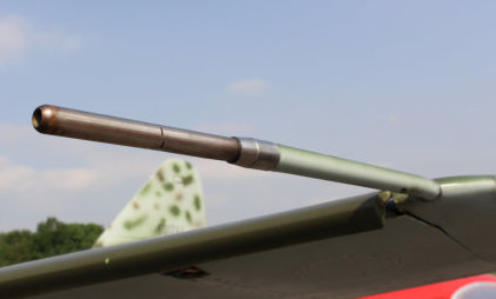
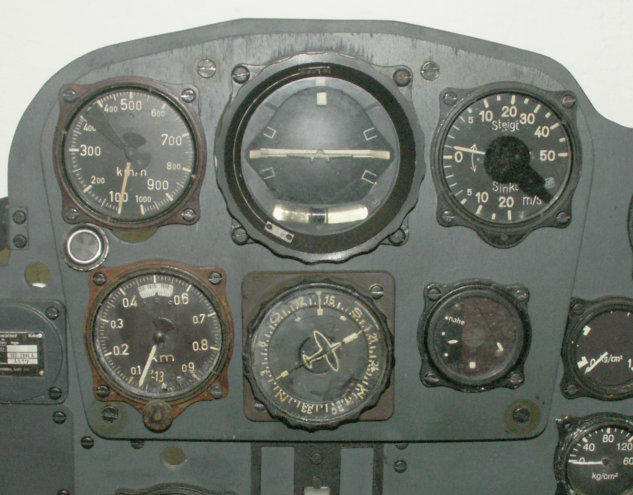


Second in the flight line at Lechfeld airfield is the Me 262 “white 9”. At April 9, 1945, Guido Mutke used this aircraft
for a hight altitude flight. Diving to help two comrades that are under attack by alliied Mustang fighters, he
experienced phenomena connected with flying at high Mach numbers.
Top: The venturi tube of the Me 262 that deliveres pressure data to the
speedometer to display the actual flight velocity. The funtion and
shortcomings of this system are explained in the publication.
Left: The instrument panel of the Me 262 with the speedometer at the
upper left corner and the altimeter right below. Both instruments play
an importend role in analysing Guido Mutkes flight.

At high Mach numbers, the canopy of the Me 262 generates a powerful vortex, that
causes the tail to swing in a flutter movement.
Nearing the speed of sound, an aircraft becomes more and more
nose heavy. This could be compensated at the Me 262 by moving
the foreward edge of the tailwing down.
Guido Mutkes Me 262 “white 9” after the war at a scrap yard.
Guido Mutkes last flight with a Me 262 was with the “white 3”. He
had the order to transfer this aircraft to Jagdgeschwader JG 7, but
landed in neutral Switzerland. The aircraft is preserved today in the
museum at Schleissheim airfield near Munich.

Here you will find the facts about one of the most
mysterious puzzles in aviation history. Many photos and
descriptive drawings tell the whole story in the fifth
volume of the “Aerospace History Files” series.
A publication that should not be missed by anyone
interested in the Luftwaffe or aviation technology.

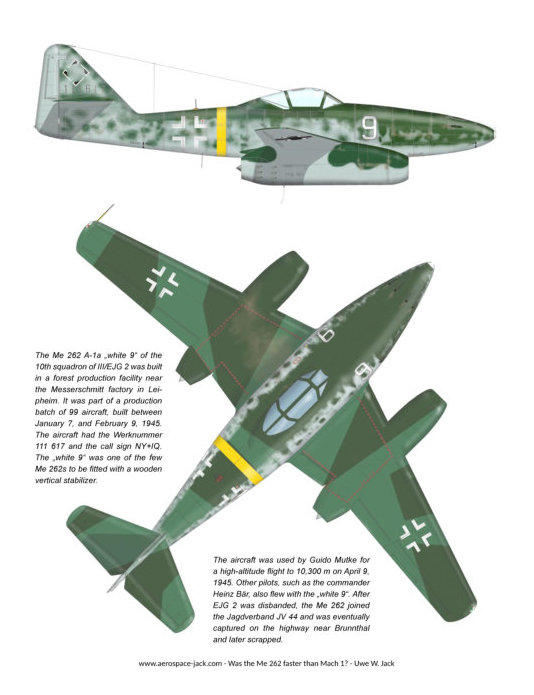

Anyone who has purchased a copy of the “Mach 1” publication can download
the color profiles here, that are printed black and white in the booklet.
The authorization code for this can be found in the book.

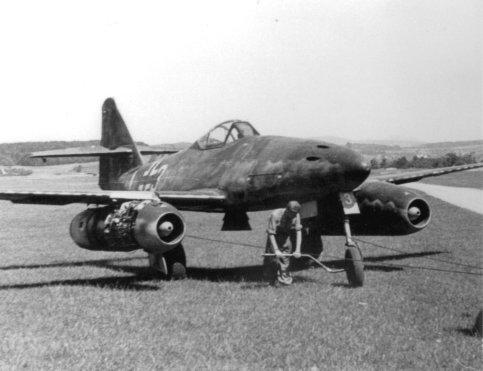

Print or Kindle-eBook:

Sample pages








